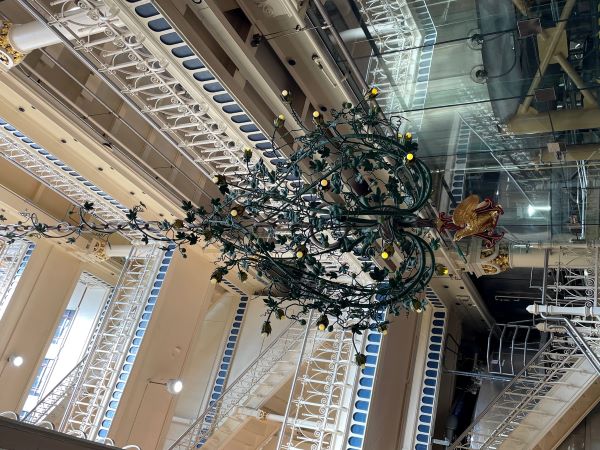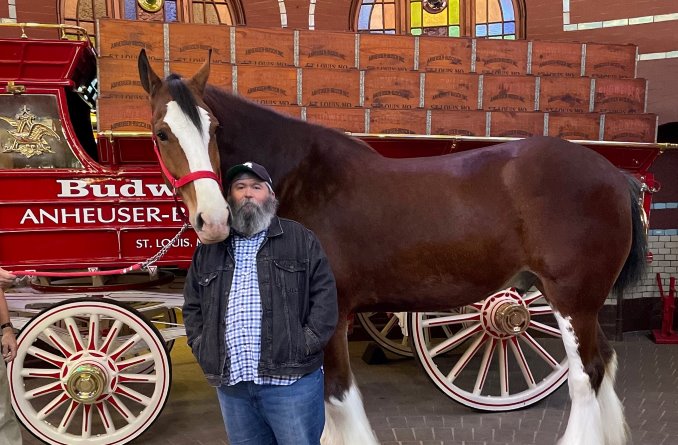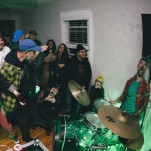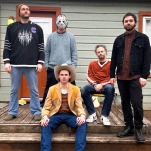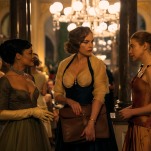This Bud Tour’s For You: Inside the Budweiser Brewery Tour
Main photo courtesy of Anheuser-Busch. Other photos by Garrett Martin.
The two best Budweisers I’ve ever had came within an hour of each other. One made me think of the greatest Canadian movie ever made, Strange Brew, while the other, as is so often the case with Anheuser-Busch, involved horses. Both came as part of a tour of the company’s historic brewery, which is technically in St. Louis, but is big and self-contained enough to feel like its own private town. With dozens of 19th century Romanesque buildings sitting on over 140 acres of land, the Anheuser-Busch brewery is like an idyllic, brick-heavy Anytown USA devoted entirely to beer. It’s like stepping back into the turn-of-the-century world of Meet Me in St. Louis but if they were taking those trolleys straight to getting smashed on cheap pale lager.
The first best Bud I’ve ever had came near the start of the tour. Our first stop was the stable that houses Anheuser-Busch’s iconic Clydesdales, a circular building dating back to 1885, whose main chamber welcomes guests with glorious stained-glass windows and a lavish chandelier overlooking vintage beer wagons from the 19th and early 20th centuries. When I entered one of the horses was out of its stall for grooming; as gorgeous as these animals are, you can’t really get a feel for their sheer, overpowering majesty until you’re in close company with them. He patiently let me rub his nose as his handler brushed his tail and cleaned the feathering on his legs, and then together we posed for a few photos in front of one of the old beer wagons. The big guy even nuzzled his head against my shoulder for a few shots—something he’s no doubt been trained to do, but that I will always maintain proves that he really did love me.
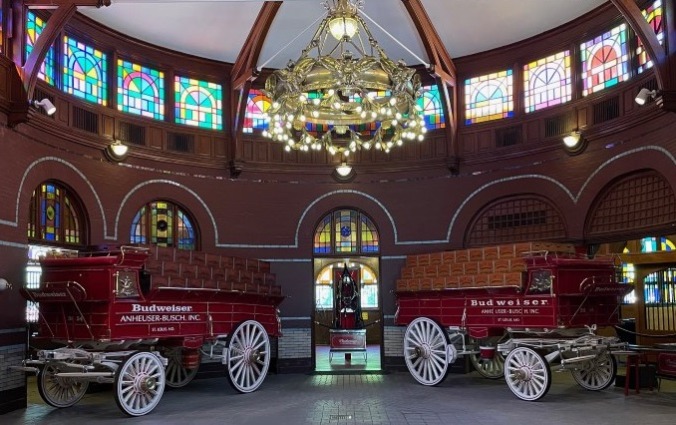
-

-

-

-

-

-

-

-

-

-

-

-

-

-

-

-

-

-

-

-

-

-

-

-

-

-

-

-

-

-

-

-

-

-

-

-

-

-

-

-


